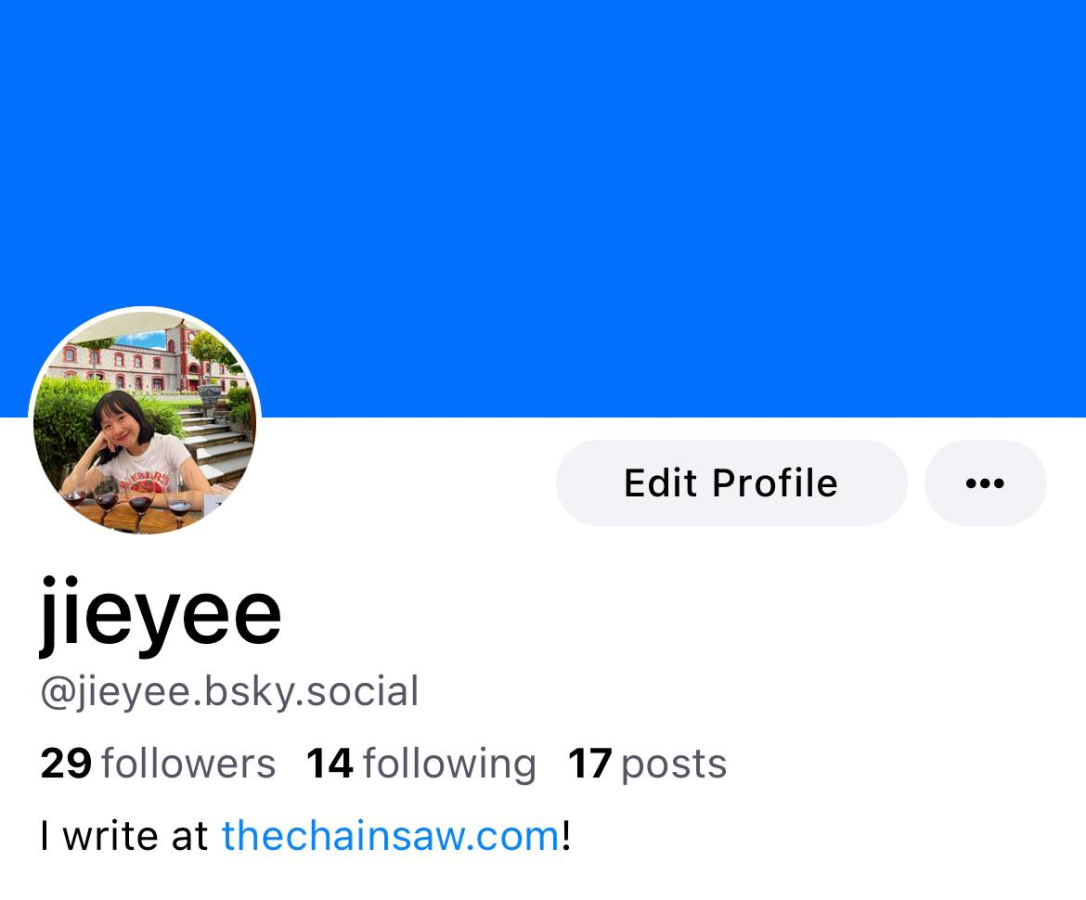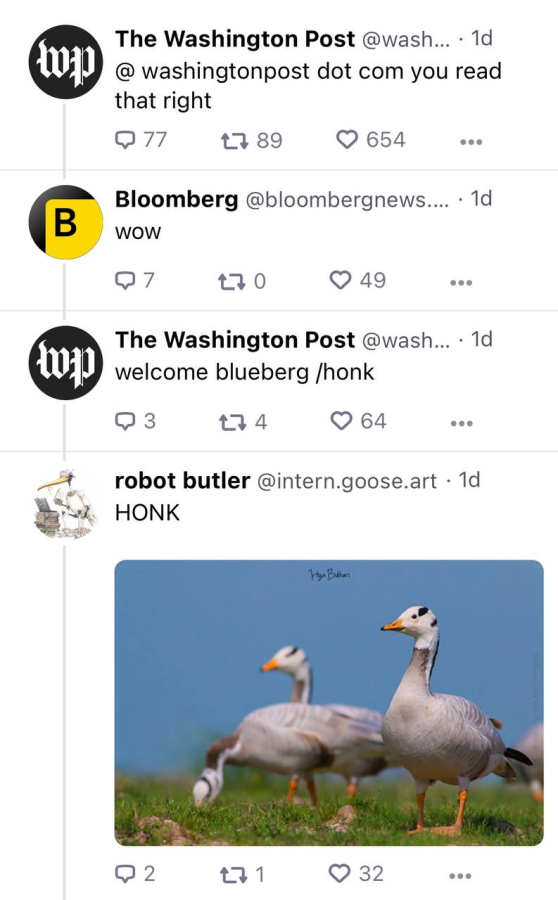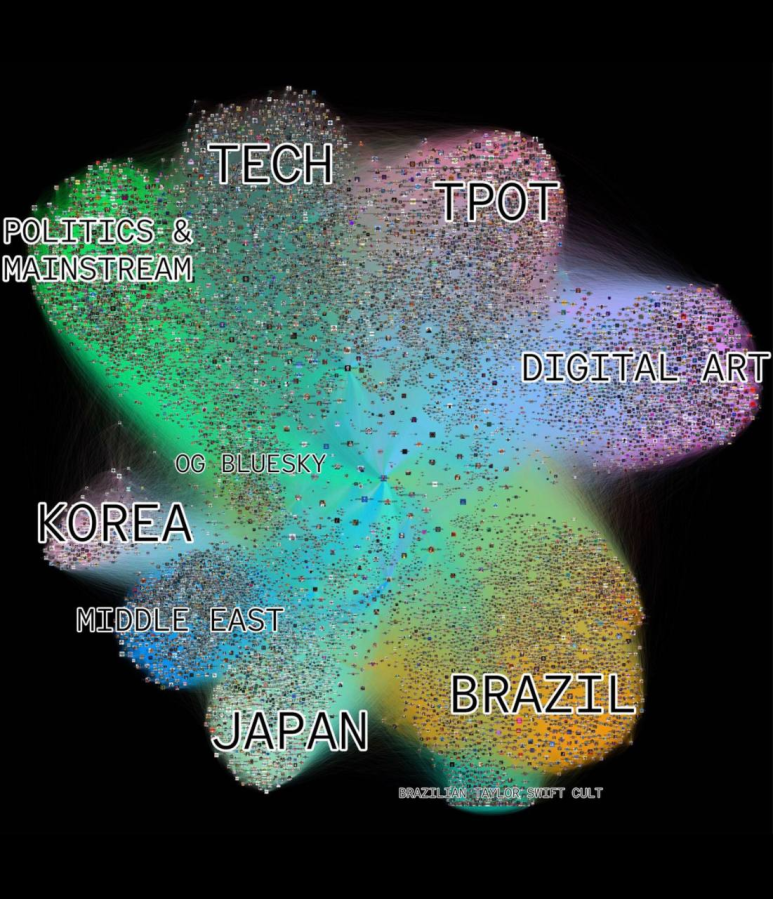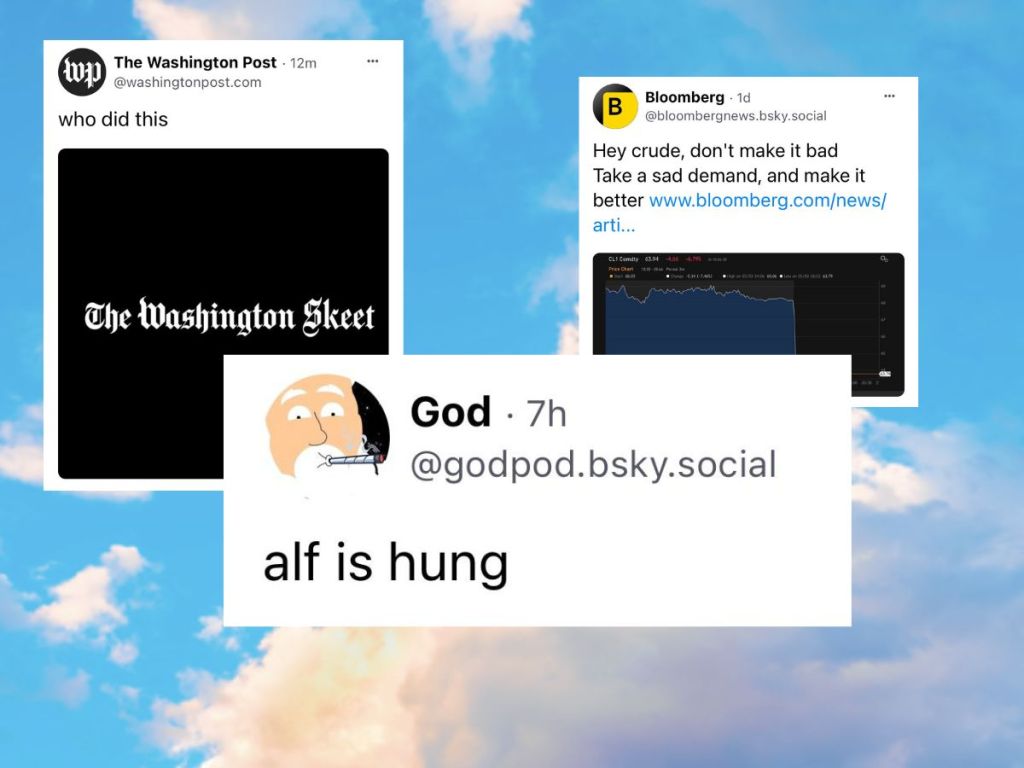After screaming, crying, and begging my professional circle for an invite code to Bluesky, I finally got my hands on one. Finally, I thought. This is my time to flex, it is a status symbol!
Bluesky, the decentralised social media network, is Twitter co-founder Jack Dorsey’s brainchild. It was founded in 2019 as a protocol that has now emerged as a Twitter alternative.
So, with continued disappointment in Elon Musk’s Twitter and a desperation for a usable shitposting platform, I downloaded the Bluesky app. I registered for a domain, and started “skeeting.” Not tweeting, skeeting. 😉

1. People destroyed a beloved childhood cartoon character
One thing I quickly learned about Bluesky is that the trend cycle is fast, maybe even faster than Twitter. This morning, users were discussing nudes of Alf, a character from beloved American Sci-Fi sitcom of the same name.

Of course, terminally online internet users would know that this is a shitpost. Nobody is clutching their pearls over it. Anyway, I am a holy person who has never sinned, so I have yet to – and will certainly not – lay my eyes on Alf’s penis.
However, after about eight hours, the chatter surrounding Alf died down. A nostalgic cartoon character destroyed, found dead in a ditch. The end.

2. … and now wizards with big orbs are flooding the timeline
As I am writing this, users are flexing powerful photos of wizards in colourful orbs. This is, presumably, to cleanse the timeline of yesterday’s horrors. Or just curse it more, whichever suits your fancy.
Please ponder over some art, courtesy of Bluesky.



3. The Washington Post and Bloomberg aren’t taking themselves too seriously on Bluesky
Elon Musk’s war against news outlets has been utter chaos. And that might be underselling it.
The New York Times had its legacy blue checkmark taken away, to which Musk confessed some “delight” in doing so. The BBC’s sit-down interview with the controversial CEO was a whole debacle in itself as many critiqued the interviewer for his supposed lack of research before talking to Musk. NPR’s Twitter account was labelled “State-affiliated media” then “Government-funded media”, leading NPR to stop tweeting altogether. In all, newsrooms are having one hell of a time on Twitter at the moment.
However, The Washington Post and Bloomberg are showing their peers an alternative. WaPo joined Bluesky, and look at their first posts. They even interacted with fellow competitor Bloomberg.


The humorous interaction, of course, comes in between legitimate news updates. It is honestly giving mid-2010 brand strategy on Twitter, where major corporations like Wendy’s and KFC adopted a voice that saw them engage with social media followers, often in a slightly rude but humorous way.
4. “Skeet” is about to be a new dictionary word
You’re still using the word “tweet”? People on Bluesky say “skeet.” It is a playful spin on “tweet” and a portmanteau of the words “sky” and “tweet”. By this rule, a “retweet” would instead be a “reskeet”, and users have already begun including this word in their online vocabulary.
“Realising that some people are really going to have ‘skeets do not represent my employer’ in their bios here,” wrote a content creator. That’s right.

On Bluesky, we are not serious people (for now)
Overall, Bluesky for now is what Gen Zs would describe as “unserious.” Perhaps due to months of exhaustion from dealing with Elon Musk’s Twitter, users on Bluesky are not too concerned about behaving ‘appropriately’. There also isn’t a manic billionaire constantly patrolling the app to monitor what people say about him. Not yet, at least.
A graph by a tech professional gives us a rough idea of the current largest communities on Bluesky. As of now, tech and digital art communities are the most vibrant. Users from Japan, South Korea, and Brazil are also substantial.

For now, with under 60,000 users consisting mostly of media professionals and creatives, Bluesky is as safe as a social media network goes. Content moderation, presumably, is less of a tricky task compared to a platform with millions of users worldwide. Will Bluesky eventually overthrow Twitter? Only time will tell.
You can follow Jie on Bluesky here.





